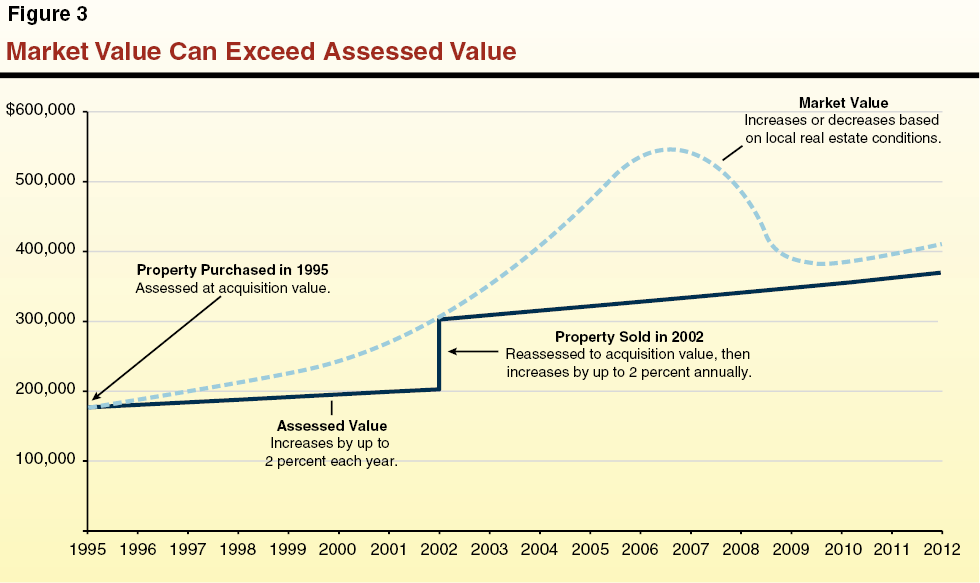Effect of Rising Interest Rates on Commercial Real Estate
Post on: 11 Август, 2015 No Comment

We admit it is dangerous territory to talk about rising interest rates, especially when predicting a potential up or down movement. We have not come anywhere close to the topic over years of participation within the commercial real estate sector.
Around 2005, there was heightened speculation that interest rates would rise and the undoing of commercial real estate would begin. It never happened. Seven years later some of those same properties are trading at double that of 2005 prices.
So, why are we touching on this subject today, especially given the number of forecasters whose speculative predictions became fodder for news pundits and critics? Well, with the stock market improving without real improvement in bond yields, due in part to the Fed buying bonds and keeping rates artificially low, one of two things will likely occur; the stock market will drop or treasury yields (and their correlation to interest rates) will move higher, or both. Both should be moving in relative tandem, yet, they are not. There are several factors that we have explored that explain this phenomenon, but we will stick with what we know.
Interest Rates and Their Correlation to Commercial Real Estate
Interest rates are percentage rates at which interest is paid by a borrower for the use of money that they borrow from a lender. When speaking about the potential for rising interest rates in the future, we should mention their impact on capitalization (cap) rates, a simple measure of return that fuels commercial real estate investment decisions and demand. Similar to interest rates, a cap rate is a percentage of yield that an investor seeks when purchasing a rented property, along with the property itself. To simplify, total the income from the tenant(s), subtract the expenses of operating the property; you get X. Now, determine the price that you are willing to pay for the property; you get Y. Z is the cap rate.
X divided by Y = Z (convert to percentage, ie. 0845 = 8.45% cap rate). This is the annual percentage yield that an investor expects to earn by investing in the entire property with tenant. The longer the lease and/or strength of the tenant, the lower the cap rate and higher the price an investor is willing to pay.
If you were to observe a historical chart that featured treasury bond yields. a leading indicator of interest rates and then cap rates. you would notice that these move in succession, one following the last. From beginning to end, the move may take 3-4 years. With any sudden jolt to lending rates based on poor economic circumstances, historically it takes a longer period of time for investor cap rates to catch up. Because we suffered through the worst recession since the Great Depression, along with the banks reluctance to move assets off the balance sheet and investor demand very weak, cap rates are still in limbo.
This said, with interest rates at all time lows, asking prices, and their correlation with cap rates, sit at levels where most real estate investors (and some banks) just arent comfortable. Now the US has found its footing, will investment demand might switch roles and lead interest rates higher? We think so!
Whether you believe the government response to the panic was appropriate or not, we feel if distressed properties were released shortly after the 2008 stock market collapse, cap rates would have climbed higher as fewer investors would be bidding. This would have created the commercial real estate shoe to drop and ultimately led to a significant US economic restructuring and global depression.
By controlling the process, the Fed has essentially allowed national and global participants the time to multiply to create enough demand so that economy and commercial real estate stabilizes and leads interest rates in the future. So, and as the Fed indicated, they will keep fed funds rate low until 2014; no big deal. Global investment demand will determine where we go from here and it is guaranteed that mortgage interest rates will begin their rise this year.














